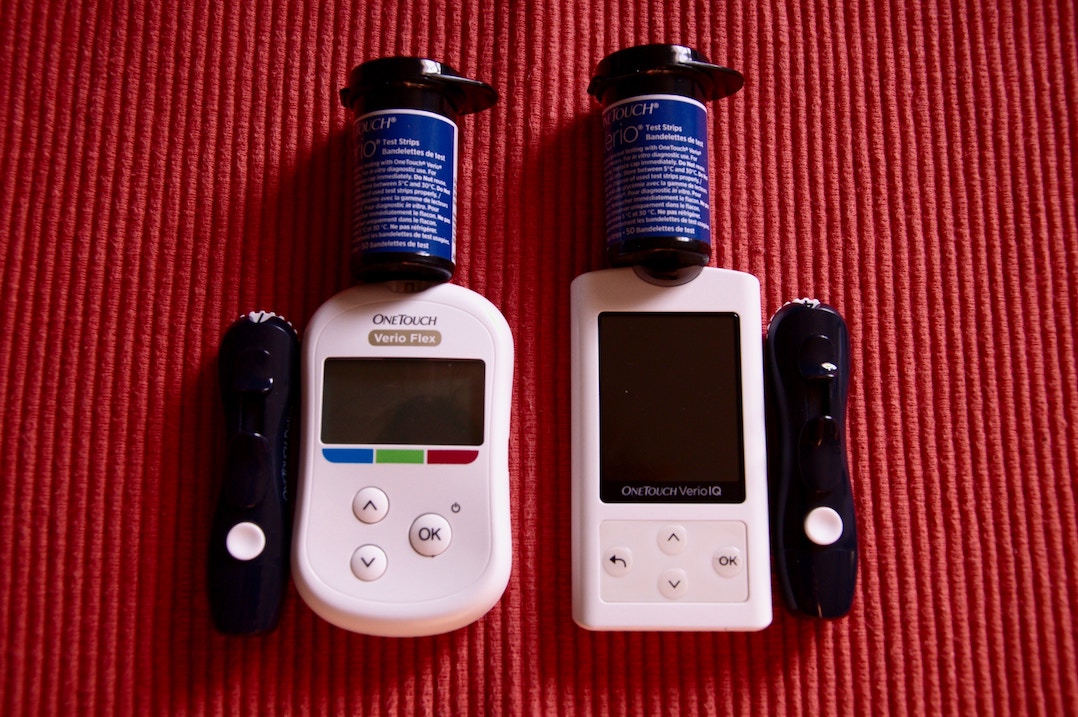Improving and Protecting Your Health after a Hurricane
The 2017 hurricane season is on track to become one of the most active ever. In the Continental United States alone, we have seen two tropical storms (Cindy and Emily) and two hurricanes (Harvey and Irma). Floridians are no stranger to these storms and hurricanes. Our state gets hammered far more than any other U.S. state. In fact, according to the National Oceanic and Atmospheric Administration (NOAA), from 1851 to 2017, Florida sustained 117 direct hits, representing a whopping 40 percent of all hurricanes in the U.S. Most of us manage to recover, even after we lose our homes and possessions, and we stay put. After all, Florida is paradise!
However, in the wake of a passing hurricane, and long after, our health is at an increased risk. The mosquito population explodes. Flood waters increase our exposure to dangerous bacteria, viruses, parasites, hazardous wastes, and industrial chemicals. Saturated homes, furniture, and clothing become breeding grounds for toxic mold. And in the aftermath, we are more susceptible to mental illnesses, including post-traumatic stress disorder (PTSD) and depression.

(Photo ©2017 Marjorie Goodman — to donate to Marjorie’s hurricane recovery effort, please visit: https://www.youcaring.com/marjoriegoodmanmeyers-941933)
Although nobody can stop a hurricane, we can take steps to protect and restore our health in the aftermath.
Battling Mosquitoes
First, the good news, mosquitoes don’t fare too well in hurricanes. Adults generally don’t survive the high winds. Immediately after a hurricane, however the mosquito population explodes when the mosquito eggs laid in the soil during the previous floods hatch. This is when you tend to see large populations of floodwater mosquitoes, most of which are considered a “nuisance,” and not a health hazard. They don’t generally spread viruses that make people sick. It’s weeks or months later that the population of disease-carrying mosquitoes begins to rise, especially in areas that received more rainfall than usual but did not flood. These mosquitoes can spread infectious diseases, such as Zika, West Nile, and dengue fever.
To protect yourself from mosquitoes, whether they are the nuisance or disease-carrying type, take the following precautions: Continue reading…



